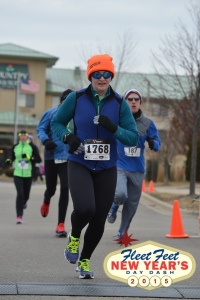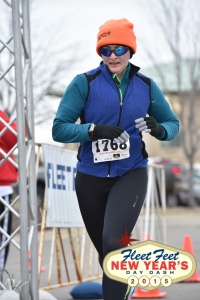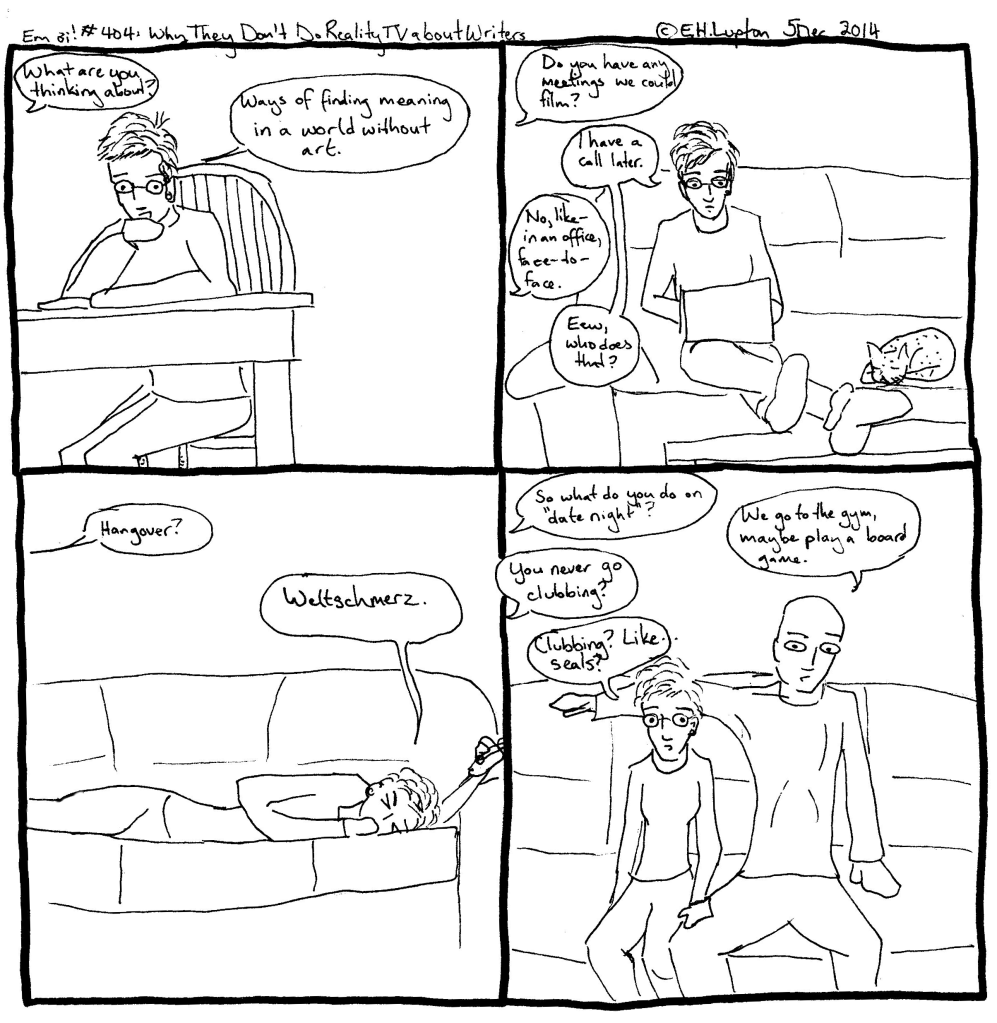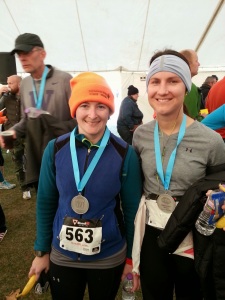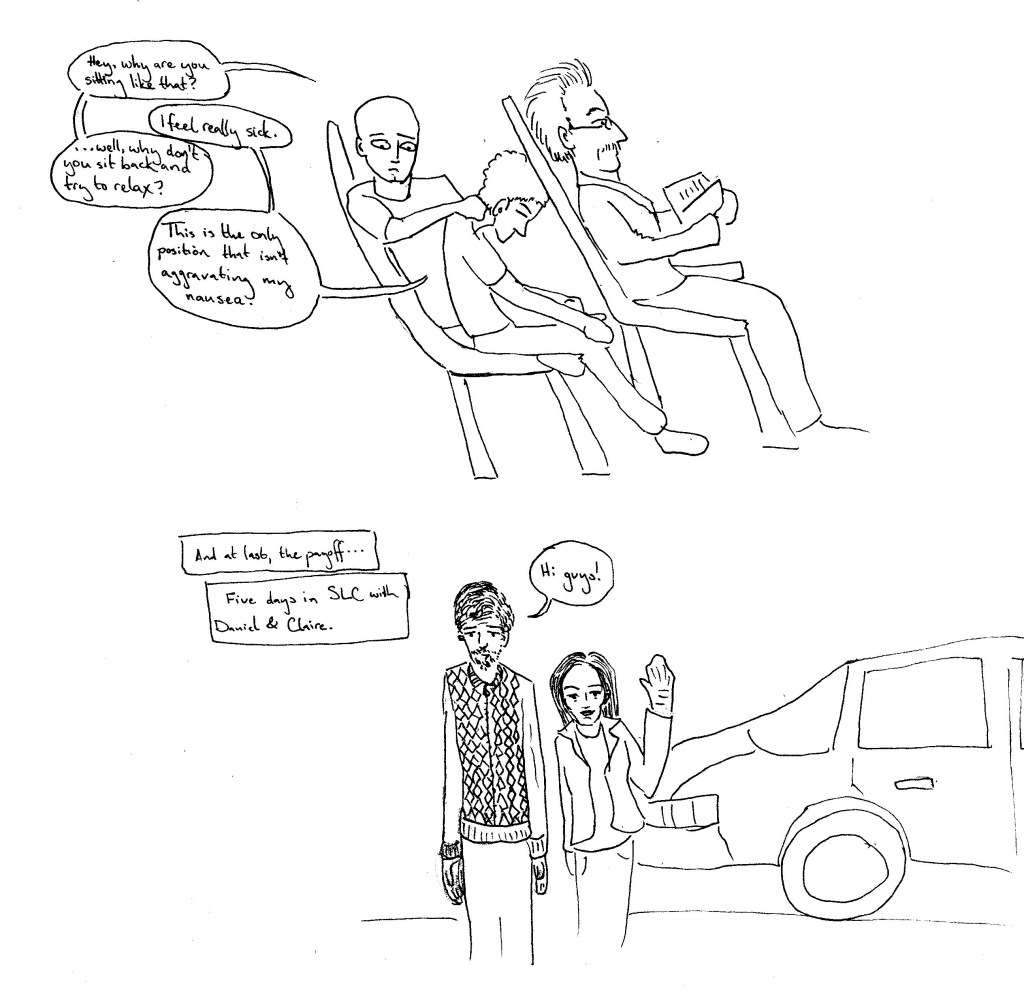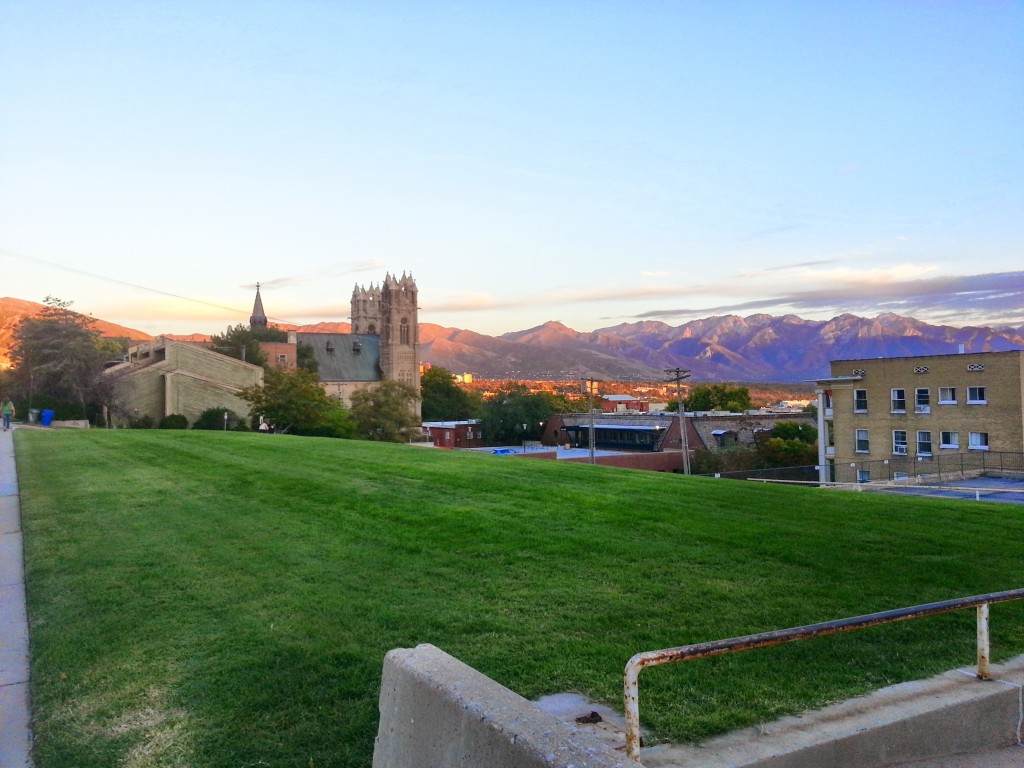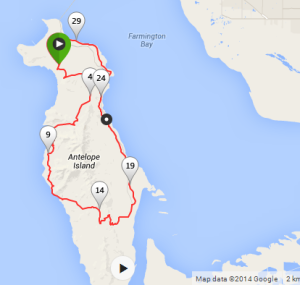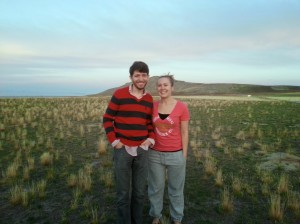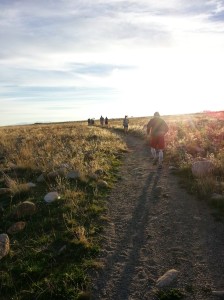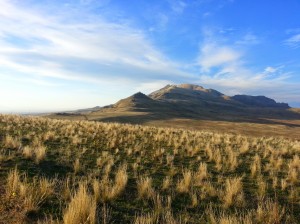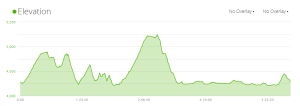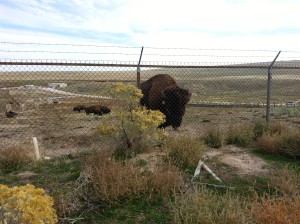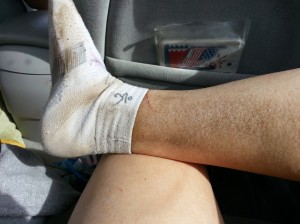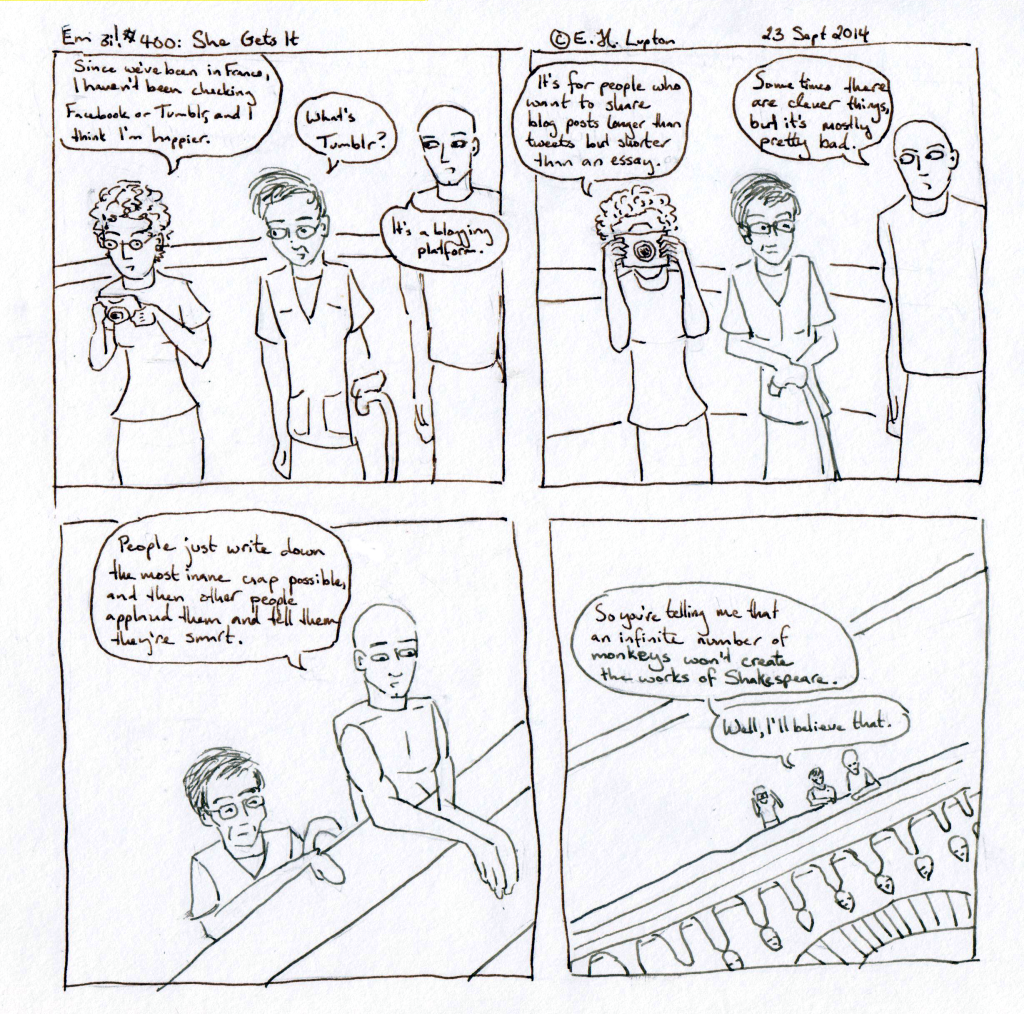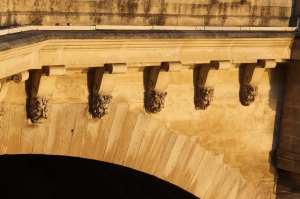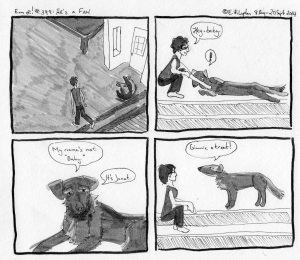Chabon, Michael. The Yiddish Policemen’s Union. New York: Harper Perennial, 2008. 978-0-00-714983-4.

It’s hard to know where to begin with this review, or what my potential readers’ background on these topics may be. I guess the place that makes the most sense to me to start is with Yiddish. Or more specifically, this question: “Why is Hebrew the language of Israel?”
The answer is both more simple and more complicated than you’re probably imagining. Way back in the day, Hebrew was spoken. Then it wasn’t—those who saw that Mel Gibson film might remember that some of the characters in it spoke Aramaic rather than Hebrew.[1] Also, during the diaspora, some Jews spoke Greek. I believe there were actually quite a few Jewish philosophers who wrote in Greek around the beginning of the Common Era. Hebrew survived as a written language through the Middle Ages in much the same way that Latin did; it was a language in which Jews all over Europe could correspond.[2] Gradually, however, people started actually speaking local languages that were to a large extent creoles—Yiddish (spoken mostly among Eastern European Jews) is the most famous, but there’s also Ladino (spoken in Spain), Judeo-Arabic (different variants of which were spoken in many places across North Africa), and Bukharian (spoken in Central Asia), to say nothing of the local languages of the places the Jews were living.[3]
So we have a linguistic jumble, and around the beginning of the twentieth century, we also have what is referred to as the first Aliyah (1882–1903), in which a bunch of Jews (35,000) immigrated from places including Eastern Europe and Yemen to what was then Ottoman Palestine.[4] What language to speak? Hebrew, as the language of the Tanakh, was perhaps an obvious choice, but there are a lot of problems associated with taking a basically dead language and reviving it. To give an easy example, as languages go along they get new vocabulary words as new things appear. So if a language was last really spoken in the Middle Ages, you suddenly have to come up with words for things like buses or electrical outlets.[5] This work was carried out by one guy: Eliezer Ben-Yehuda, who is typically credited with basically singlehandedly bringing Hebrew back to life. Not only that, after making Aliyah, he and his wife raised their son (Ben Zion Ben-Yehuda) speaking Hebrew, making him the first native speaker in centuries.
Moving on from there, I think the history becomes probably better known to most people. Jewish immigration to Mandatory Palestine[6] increased greatly after WWII and the Holocaust. In 1948, Israel became an independent country and immediately survived the Arab–Israeli war (May 1948–March 1949); Hebrew became its official language, and Yiddish gradually diminished, as Ben-Yehuda had wanted. Actually, it’s not quite as simple as saying that Yiddish “gradually diminished”—the Israeli government adopted a policy of promoting Hebrew over Yiddish, even going so far as to ban Yiddish-language theatre in the 1950s. For a moment, however brief, Yiddish had a shot, and it didn’t work out.
This is approximately where Chabon picks up, beginning his alternative history of Jews with the question of “What if Israel hadn’t worked out the way it did?”[7] What if Israel had fallen, and Jews from all over Europe had instead made their way to somewhere else? During the aftermath of the Holocaust, there were proposals floated to give Jews a piece of land in Alaska. Of course, no one really wants to live in Alaska, so in real life nothing came of this. But in The Yiddish Policemen’s Union, after the fall of Israel, that is where Jews wind up, in a settlement called Sitka, population 4 million.
Meyer Landsmen is a detective working for the Sitka police department, homicide division. Before divorcing his wife, he was essentially their top guy, but for the past two years he’s been in something of a decline. His partner is Berko Shemets, who is half Tlingit Indian and also his cousin. About two months before the Sitka territory is set to revert back to American control (think Hong Kong circa 1997), a man is shot in a room of the hotel Landsmen lives in. The man, Mendel Shpilman, turns out to have been a former ultra-Orthodox Jew (referred to as Black Hats in the book). Worse, he may have been the Tzadik ha-Dor, a man who might have, if the time were right, become the Messiah.
I have to give a little digression here on the Messiah, because if you are familiar only with the Christian idea of Messiah—Jesus descending from the clouds, seven trumpets, various pools of blood and people getting the end times kicked out of them—then you are going to be very confused by that last statement. In Judaism, the Messiah is more of a political position—like a king, basically. Somewhat more complicatedly, there are different ideas about how he gets to come do his job. Many people believe that it is up to people to perfect the world before the Messiah will come. Others put their stock in the rebuilding of the Temple (and I guess the reclaiming of Jerusalem? Although maybe that goes without saying) as the thing that will put everything in motion. These ideas are all sort of referred to in the book without really being named or explained in detail.[8]
Going back to the story: Mendel Shpilman is dead, and of course there is a cover-up and much push-back from higher-ups to keep things quiet. And so we begin a journey through a tiny, complicated, fascinating community. Chabon is playing with the oeuvre of Chandler, and the work is an interesting hybrid of the two of them, with Chabon’s poetry and Chandler’s precision of language. Chabon’s metaphors don’t surprise me as frequently as Chandler’s do; he’s too modern and not inspired enough by Hemingway. But he gets off a few good ones. For those who don’t know a ganef from a shlamiel, there’s a Yiddish glossary in the back of the book.
What else can I say? This book was intense. Unlike (many of) Chandler’s works, there’s something bigger at stake than just figuring out who killed one poor guy—the fate of the Sitka district and its inhabitants is constantly at the forefront of the characters’ minds. Like Chandler, though, Chabon plays a bit fast and loose with some of the plot details; thinking back, I cannot piece together the connection between the main plot and a particular tip given to the main character that leads him into a gun battle . . . but as with the case of who killed the chauffeur in The Big Sleep, I don’t care. The story is too entertaining and engrossing to get hung up on tiny details like that.
The book’s ending is abrupt. Somewhat dissatisfying. Leaves room, perhaps, for a sequel. Of the first three of Chabon’s books that I read, The Final Solution, Gentlemen of the Road, and The Yiddish Policemen’s Union, all contain significant Jewish characters and cultural references. I think, in fact, his books have gotten Jewy-er as he went on. Unfortunately, since this one came out his next book was about record collectors and midwives.
Finally, I have to note that despite the book’s centering on Orthodox Jewish men, who inhabit a world in which women are solidly peripheral, there are still a good number of women in the book with not just speaking parts, but some measure of actual power. Of course the main actors (or shall I say villains) are male, but it’s a measure of how attentive Chabon is that over the course of the book Landsmen interacts with a good number of women; in the hands of a lesser (or less caring?) author, there could easily have been only two women in the whole book. Here I think he outdoes Chandler, whose women characters are often around to push the plot forward as villains or seductresses (or seducees), and who are rarely just included as characters who provide information to the detective and then leave in the way that the male characters do. The egalitarian treatment here, in the face of the pervasive sexism of the Orthodox, is a nice if subtle touch.
I don’t have much else to say about this. As a writer, I’m jealous of what Chabon has achieved here. The book is a real triumph—not just of voice, but of culture and world-building. As a (rather unobservant) Jew, I’m excited by the reflection of something I identify with as my culture (if in a distant, somewhat warped way) in the mainstream. And as a critic, I’m comfortable saying to you: read this book; you won’t regret it.
[1] Aramaic is a Semitic language written with Hebrew letters. Today, the place a non-Jew or non-academic is most likely to encounter it is in the Passover liturgy, which has a few songs in Aramaic (e.g., “Chad Gadya”). Parts of the Talmud are also written in Aramaic. Also, not having seen The Passion of the Christ before, I looked it up–turns out the film is also in Hebrew and Latin, which kind of obscures my point.
[2] For more on the transformation from Latin to local vernacular languages (and the advent of nations in the modern sense), see Imagined Communities, by Benedict Anderson.
[3] My great-grandfather spoke I think six languages, maybe seven, on his arrival in America. He taught himself English by reading the New York Times.
[4] There was also a Second Aliyah, 1904–1914, and then more immigration during the period during which the area was under British control (1920–1948), during which it was referred to as the British Palestinian Mandate.
[5] Latin has also faced this challenge, at least in Vatican City, where you can get the ATM to display in Latin. A friend of mine who is a grad student in Classics claimed that the neologisms they’d come up with in Latin were unpoetic. Hebrew’s neologisms are often drawn from other languages—for example, the word for “bus” is “autobus.”
[6] Seriously, they couldn’t come up with a better name?
[7] I’m simplifying a bit, both in the actual history of Israel and the history of the world as presented by Chabon—the fall of Israel is far from the only difference.
[8] I should emphasize that, unlike Christianity, the arrival of the Messiah in Judaism is not preceded or followed by “end times” of any stripe. Christianity is very much a millenarian religion in that respect. [Ok, since I first wrote this essay, I have been informed by my youngest brother that a religion is only considered millenarian if the apocalypse they are predicting is predicted to happen soon–so Harold Camping saying the world will end on October 21, 2011 (spoiler alert: it didn’t) made him/his followers millenarian, but the general Christian belief that one day the messiah will return doesn’t make Christianity an inherently millenarian religion. I apologize for any confusion my remarks may have caused. –Ed.]

